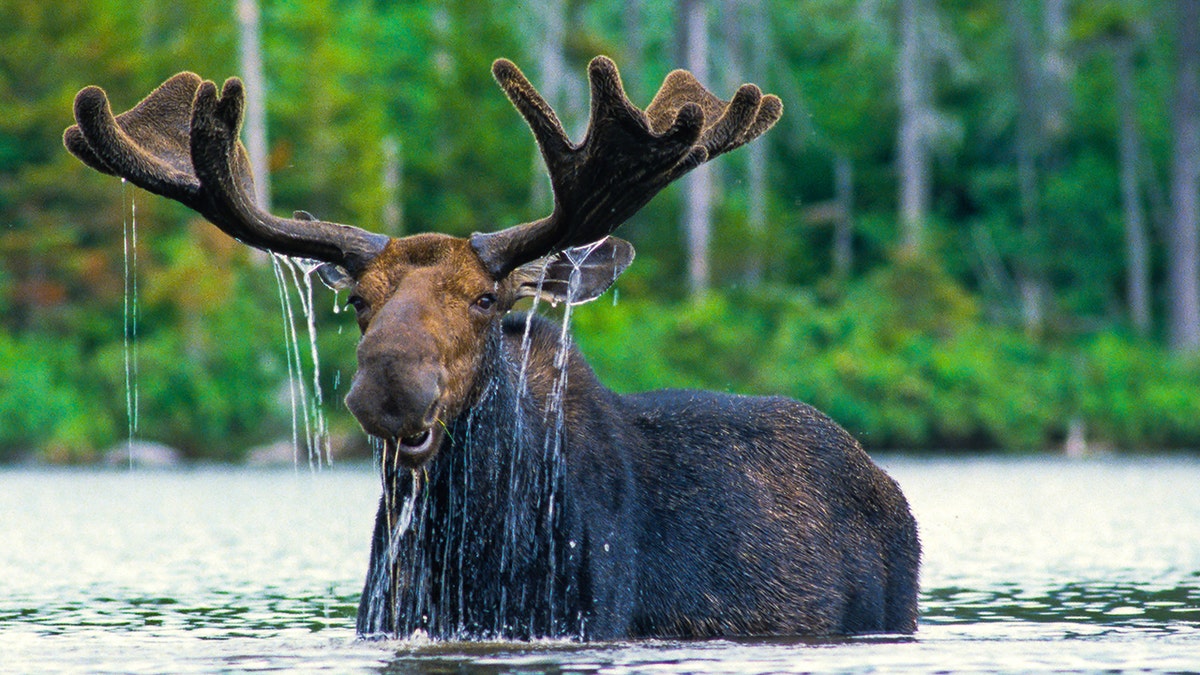Fox News Flash top headlines for April 7
Fox News Flash top headlines are here. Check out what's clicking on Foxnews.com.
Minnesota's moose population has dropped in the past year but wildlife managers say it remains relatively stable overall.
The annual estimate by the Department of Natural Resources, released Thursday, put the state's moose population 3,290. Although that's down from 2022’s estimate of 4,700 which was the most in a decade, the DNR said the population has been relatively stable since 2013.
MOOSE CHARGES AT TOURIST WHO IGNORED WARNINGS
After a decline from approximately 8,000 in 2009, the DNR said Minnesota’s moose population appears to have stabilized at about 3,700 animals in recent years.

Minnesota officials have reported a significant decline in the states moose population, but note that the number remains consistent with trends seen over the past decade. ((Jackson Hole EcoTour Adventures))
Stabilized doesn’t mean the population holds constant, said John Giudice, DNR wildlife biometrician. Instead, annual changes since 2013 appear to be relatively small on average and random, with some years showing an increase and others a decrease.
ALASKA FIREFIGHTERS RESCUE 500-POUND MOOSE TRAPPED INSIDE HOUSE BASEMENT
The DNR bases its moose estimates on winter aerial surveys. Factors such as visibility of moose from the air, bad weather and moose avoidance of aircraft create moderately high sampling uncertainty, which makes it difficult for researchers to make confident statements about the magnitude of annual population changes unless those changes are relatively large.
CLICK HERE TO GET THE FOX NEWS APP
The 2023 survey results showed that calves comprised an estimated 16% of the population and the estimated calf-cow ratio was 38 calves per 100 cows. Those estimates are slightly lower than last year’s figures but are comparable to values observed during the last 10 years. Both factors are key indicators of reproductive success.


